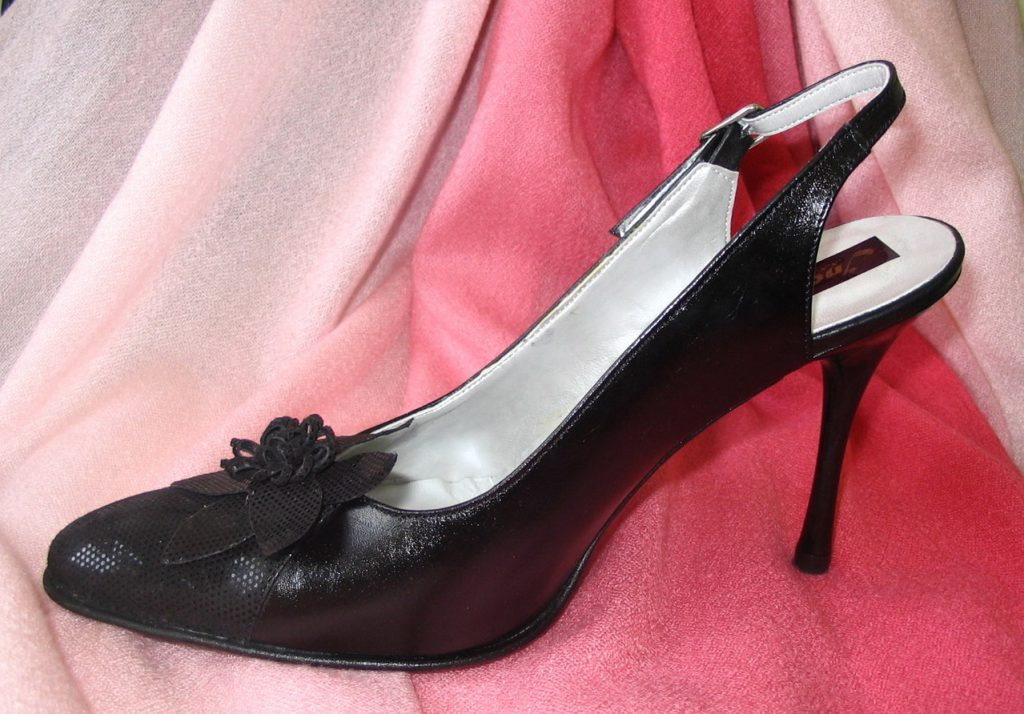Using knee high boots and other shoes that fit effectively and support your feet is essential to prevent aching feet and to prevent or reduce lots of typical foot problems. It’s also essential to choose shoes that will reduce your risk of falling and slipping.
When picking shoes like over the knee boots, you need to consider the occasion, the surface area and your requirement for support.

Hard surface areas can cause foot pain and issues.
Individuals who spend a lot of time on difficult surface areas – such as concrete – are more prone to heel and forefoot pain and might develop more calluses and corns. To minimize the tensions though your feet caused by standing on tough surface areas, use supportive shoes (ideally lace-up) with softer soles and innersoles.
Shoe inserts and insoles
Shoe inserts can increase comfort and support, and enhance foot posture. Insoles bought at chemists and sports shops are normally made from soft products to one generic arch shape. While they might be appropriate for some individuals, they do not deal with particular problems and are not formed to your foot. Some insoles are developed purely to rearrange body weight away from unpleasant locations of your foot.
Lace-up boots may relieve aching feet
Lace-up boots preserve the positioning of the leg so that the muscles and ligaments on either side of the foot have even amounts of pressure put on them. This can help to decrease foot pain. Nevertheless, lace-up boots can restrict the variety of movement at the ankle joint. As a general guideline, wear boots that don’t come too high above the ankle and make certain they fit easily around the front of the ankle, ideally with a cushioned tongue.
High heels can cause considerable physical stress
High-heeled winter boots put the foot into an abnormal position, impacting both the foot and your posture. Extended durations of strolling in high heels can place unneeded stress on your back and neck, and result in irreversible postural changes. It is not unusual for women who have actually used high heels for most of their working lives to find themselves in pain when they begin to frequently wear flat boots again.
The high-heeled shoe positions greater pressure on the forefoot, which can trigger an accumulation of calluses. The pointed toe locations substantial pressure on the toes, which can trigger permanent deformity, consisting of bunions, claw toes, corns and thickening of the nails.
